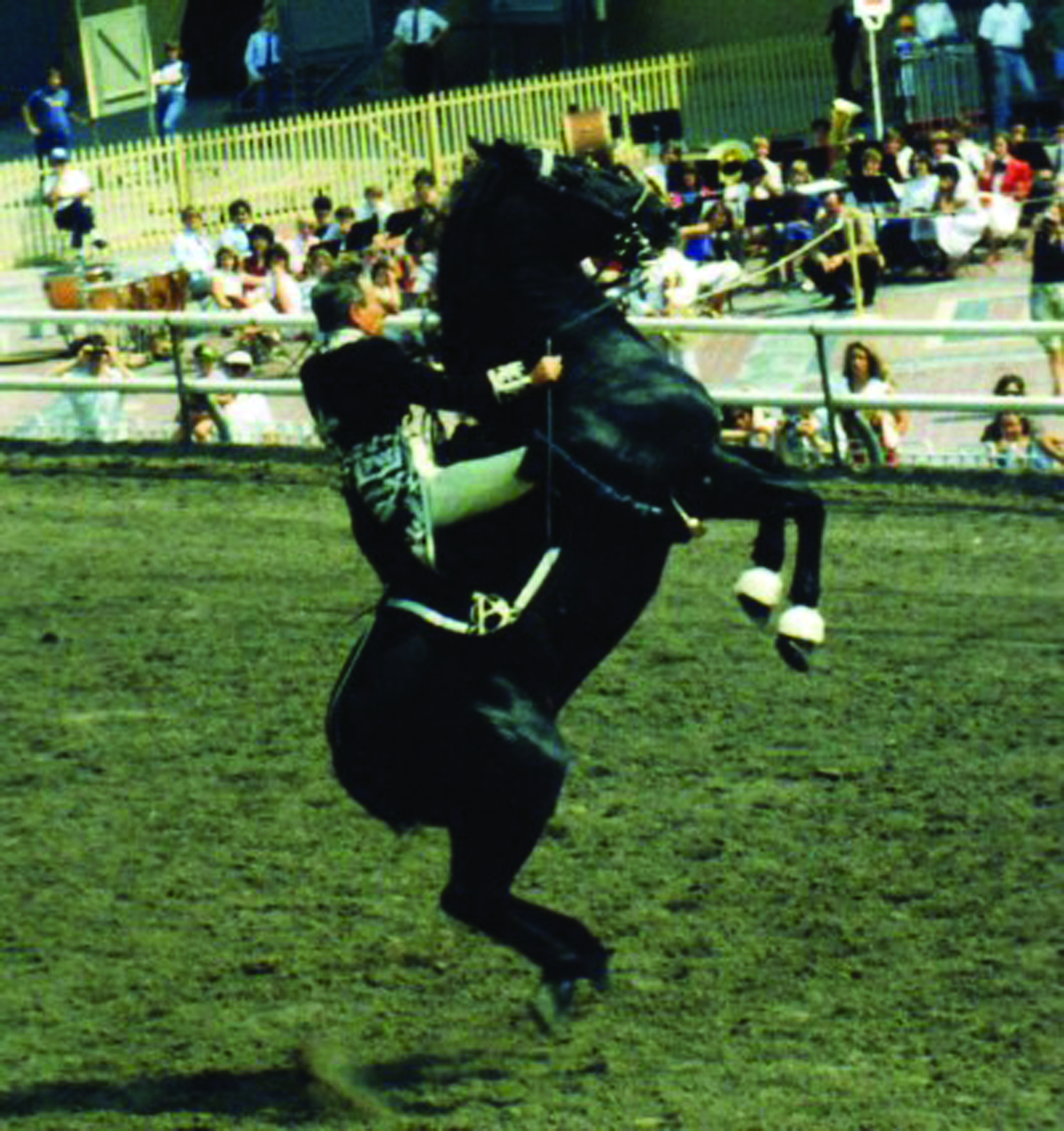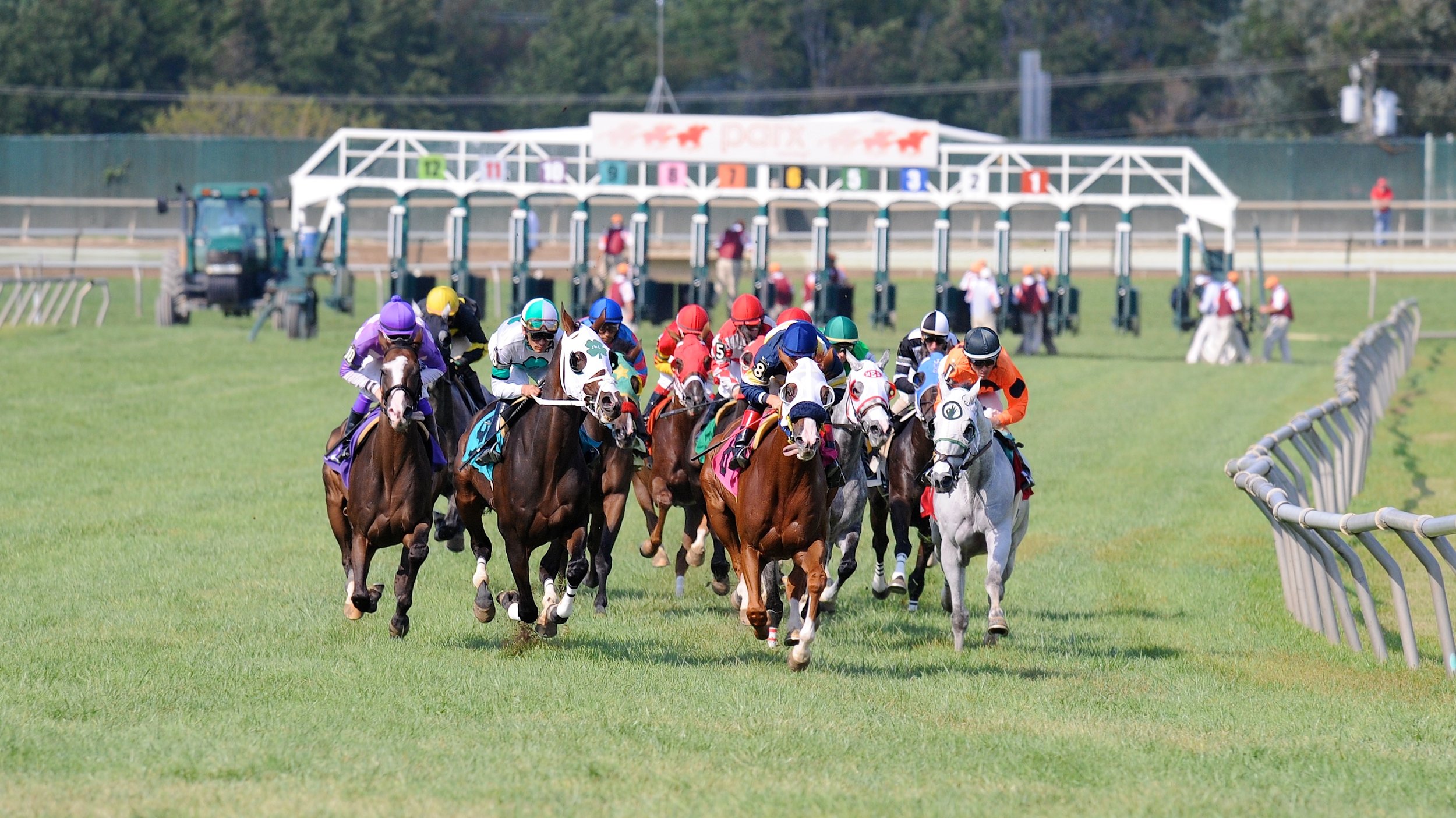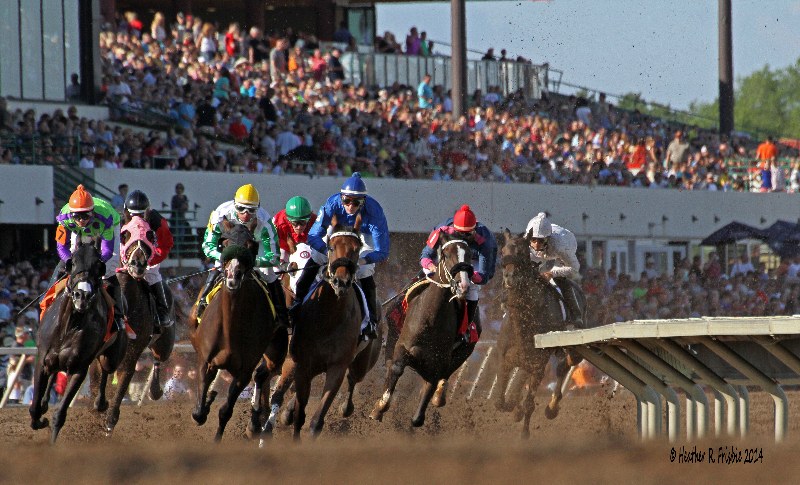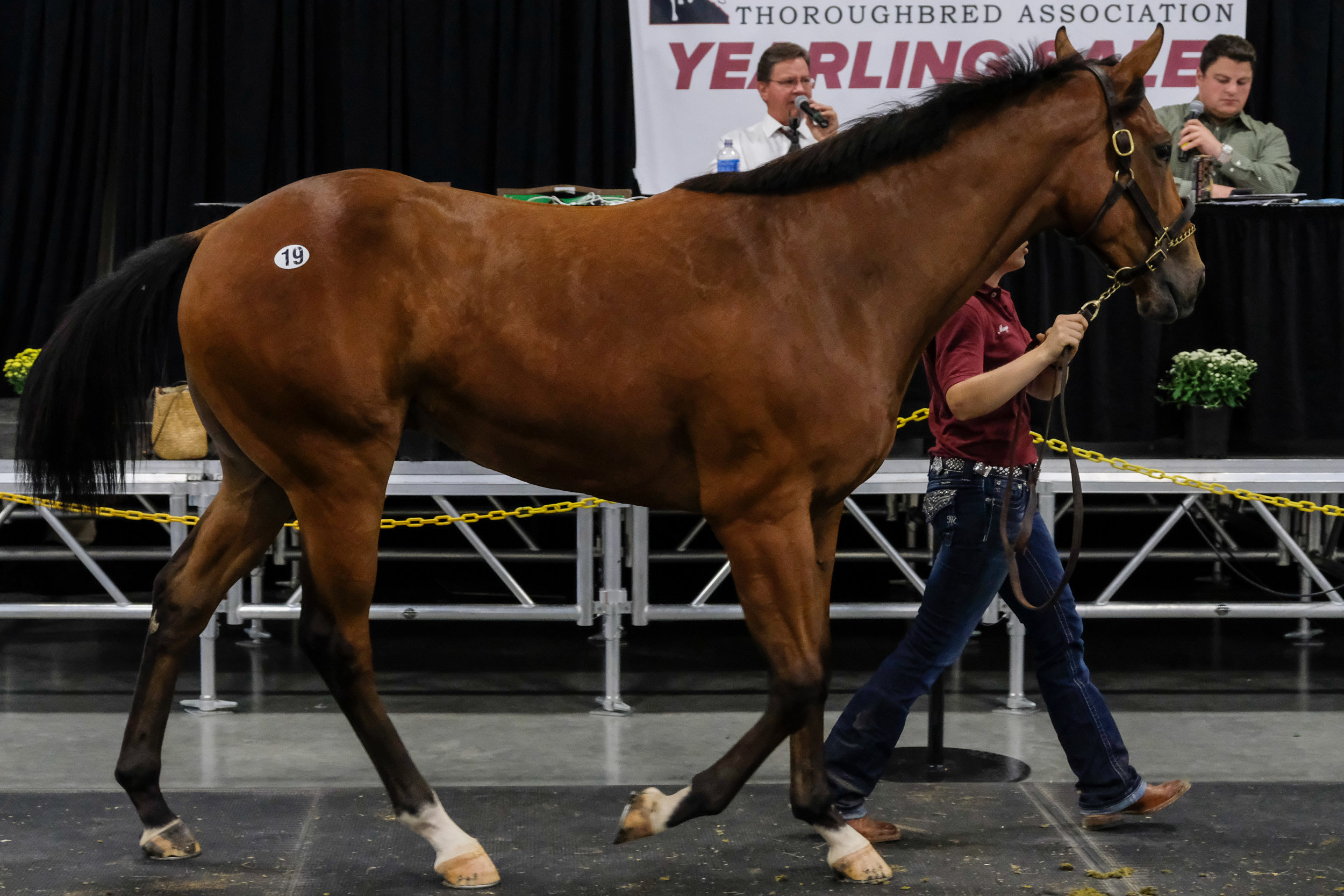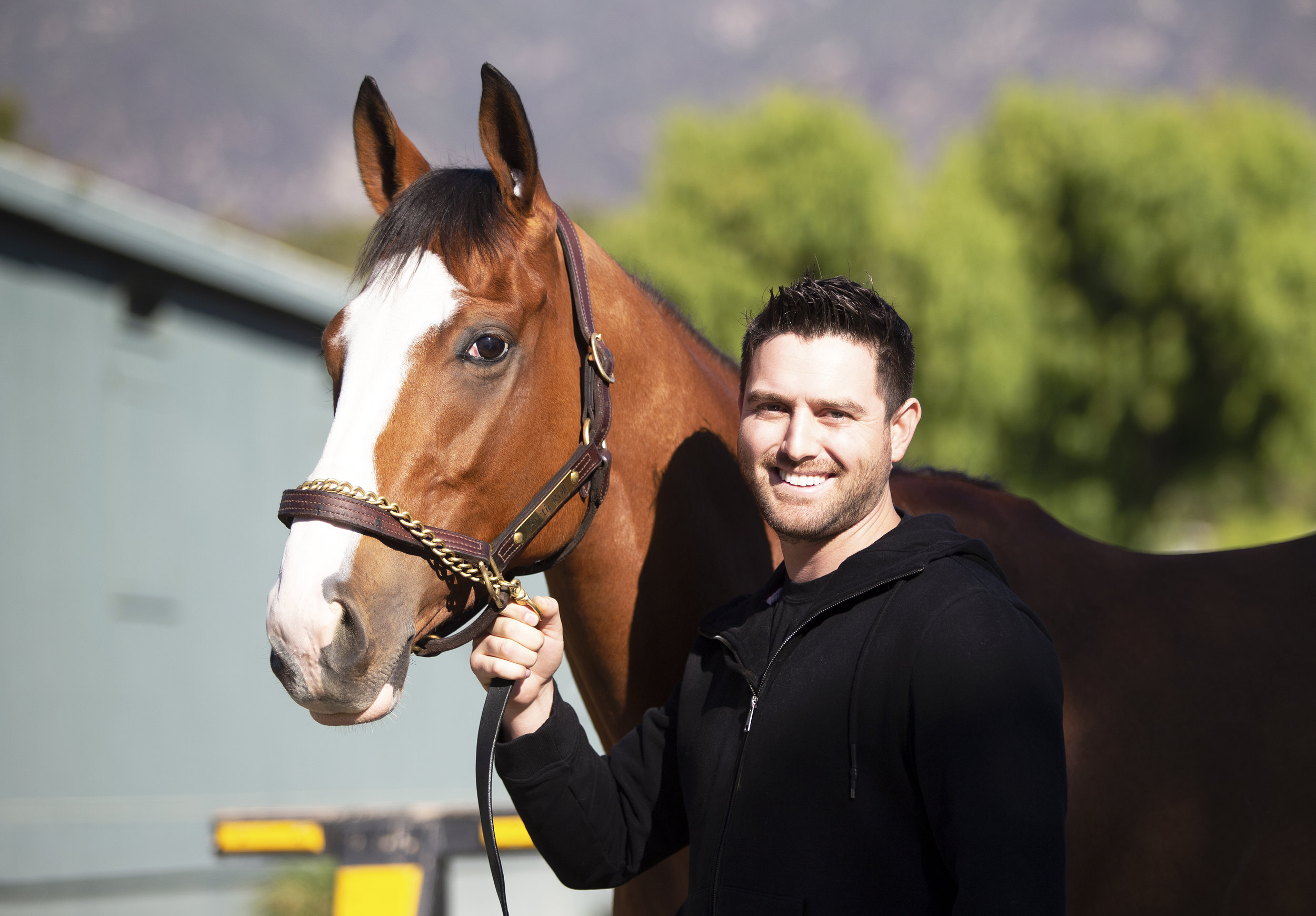Exercising Horse Sense Part II: Precautions and protections when hiring exercise riders
/By Peter J. Sacopulos
This is the second article in a two-part series on managing legal and tax liabilities when hiring exercise riders. Part I examined recent incidents involving riders, how to assure a rider’s status as an independent contractor and hiring basics. This instalment focuses on insurance protection for trainers and riders, equine liability laws and proper safety procedures and equipment.
It Is Not Personal, It Is Business
This article addresses ways in which professional trainers may reduce their risks and limit their liabilities when hiring exercise riders. However, when it comes to discussing insurance to protect your training business, I must first broaden the topic in order to address some popular misconceptions regarding insurance in general. Whether you view insurance as a necessary evil or as a peace-of-mind protection that is worth the cost, the topic cannot be avoided, especially if you are a professional horse trainer.
The first thing a trainer must understand in insuring his or her training business is that there are clearly defined differences between personal insurance coverage and business insurance coverage. Personal insurance policies are designed to cover you and your family’s personal needs, such as your home, its contents, and vehicles that are not typically used for business purposes. Personal policies are not designed to provide insurance for businesses or business activities. Nor do they cover the property, vehicles, tools and equipment that are primarily used in the conduct of business. Those need to be protected by a commercial insurance policy, commonly referred to as business insurance. Unfortunately, many small business owners and other individuals fail to review the full details of their coverage and do not realize this until it is too late. Here are two examples:
The owner of a lawn-mowing business had his commercial-grade lawn mowers stolen from the garage of his home. He had stored the mowers there for years and assumed his personal homeowner’s insurance policy would cover the loss. However, because the mowers were used for business purposes, the insurer refused to pay the claim. Faced with the high cost of replacing the mowers, the man chose to shutter his lawn care business.
A college student decided to earn extra money by signing up to drive for an online-based meal delivery service. He was involved in an automobile accident while using his car to deliver restaurant lunches to an office building. No one was injured, but the student’s car was totaled, and another individual’s vehicle was significantly damaged. The student was found to be at fault. Both he and his parents assumed the family’s personal auto insurance policy would cover the costs. But the insurance company was not obligated to pay because the accident occurred while the vehicle was being used for commercial purposes. The family wound up paying thousands of dollars out-of-pocket to repair the other driver’s vehicle and then had to take out a loan to replace the student’s car.
As Kevin Lavin, a partner in Lavin Equine Insurance Services of Louisville, Ky., explains, equine professionals are not immune to overestimating the scope of their personal insurance coverage. “People may believe that because a horse lives in a barn on their property, their homeowner’s policy covers their equine business activity. That’s just not the case.”
Liability Coverage Matters
When purchasing insurance, it is important to understand the nature of liability coverage. Insurance claims are most often paid to the policyholder. If, for instance, you have business coverage on the saddles and tack that are used in the course of training and those items are stolen, your business insurer would reimburse you for the value of the lost items according to the terms of your policy.
Business liability coverage is designed to pay legitimate claims made against the business by third parties. (The insurance company and the insured being the first two parties.) For example, if you are backing up a truck and trailer at a gas station after a race and accidentally collide with and injure another customer, that gas station customer is a third party who has been injured in the course of your business. A commercial insurance policy on your vehicle and trailer would cover the injured person’s claim—up to the specific limits of the policy, minus any deductibles or shared payments—of paying for any necessary medical care for the person. Should the injured party file or threaten to file a lawsuit demanding more payment, the insurance company would investigate. If the demands are determined to be legitimate, the insurance company would work to settle those claims within the amounts specified by the policy to avoid the costs of going to court. Should the matter go to court, the insurance company would provide legal counsel and pay legal costs and judgments against your business up to the amounts specified by your policy.
Equine Experience Matters
If you are an independent trainer, you should protect your business and its assets with a commercial insurance policy. It is a serious mistake to believe your personal insurance policy(ies) will do so. Consult with a qualified agent to be certain you have proper commercial coverage, including adequate liability protection.
TO READ MORE —
BUY THIS ISSUE IN PRINT OR DOWNLOAD -
Triple Crown 2019, issue 52 (PRINT)
$6.95
Triple Crown 2019, issue 52 (DOWNLOAD)
$3.99
WHY NOT SUBSCRIBE?
DON'T MISS OUT AND SUBSCRIBE TO RECEIVE THE NEXT FOUR ISSUES!
Print & Online Subscription
From $24.95




